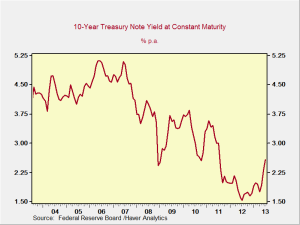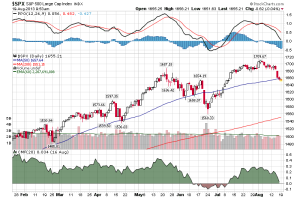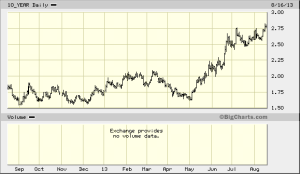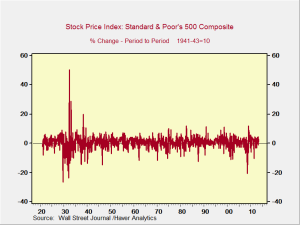In what I really hope is an apocryphal story, it is said that frogs don’t notice small temperature changes. You can, therefore, put a frog in a pan filled with cold water, and, as long as you heat it very slowly, you can actually boil the frog without it jumping out. If you keep the temperature changes slow enough, it will never realize that the heat is rising to harmful, and then fatal, levels.
I have, obviously, never tried this, but something similar has been happening in the U.S. economy. I am pleased to find, however, that people appear to be somewhat smarter than frogs. The heat I’m referring to is the pending debt ceiling crisis.








